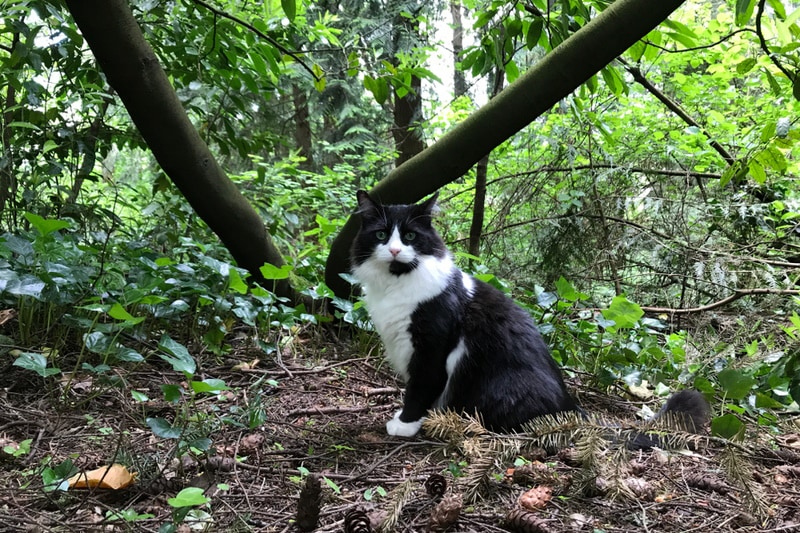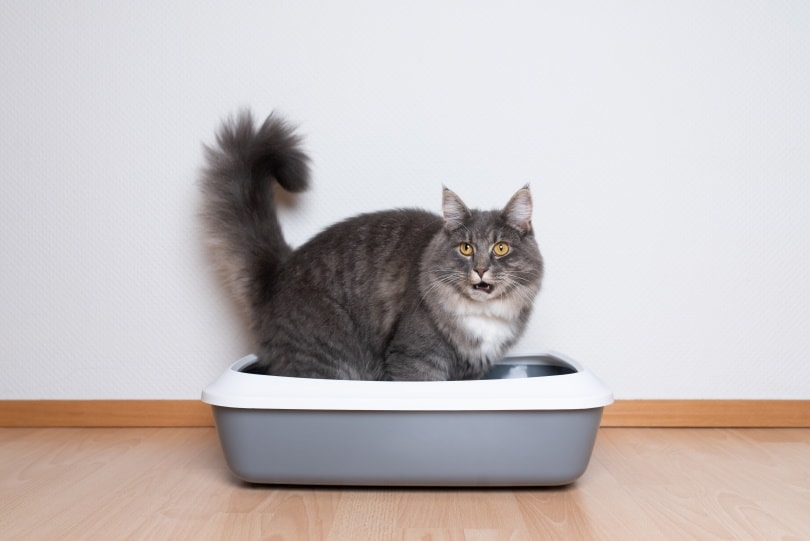Oriental Shorthair Cat: Info, Pictures, Characteristics & Facts

Updated on
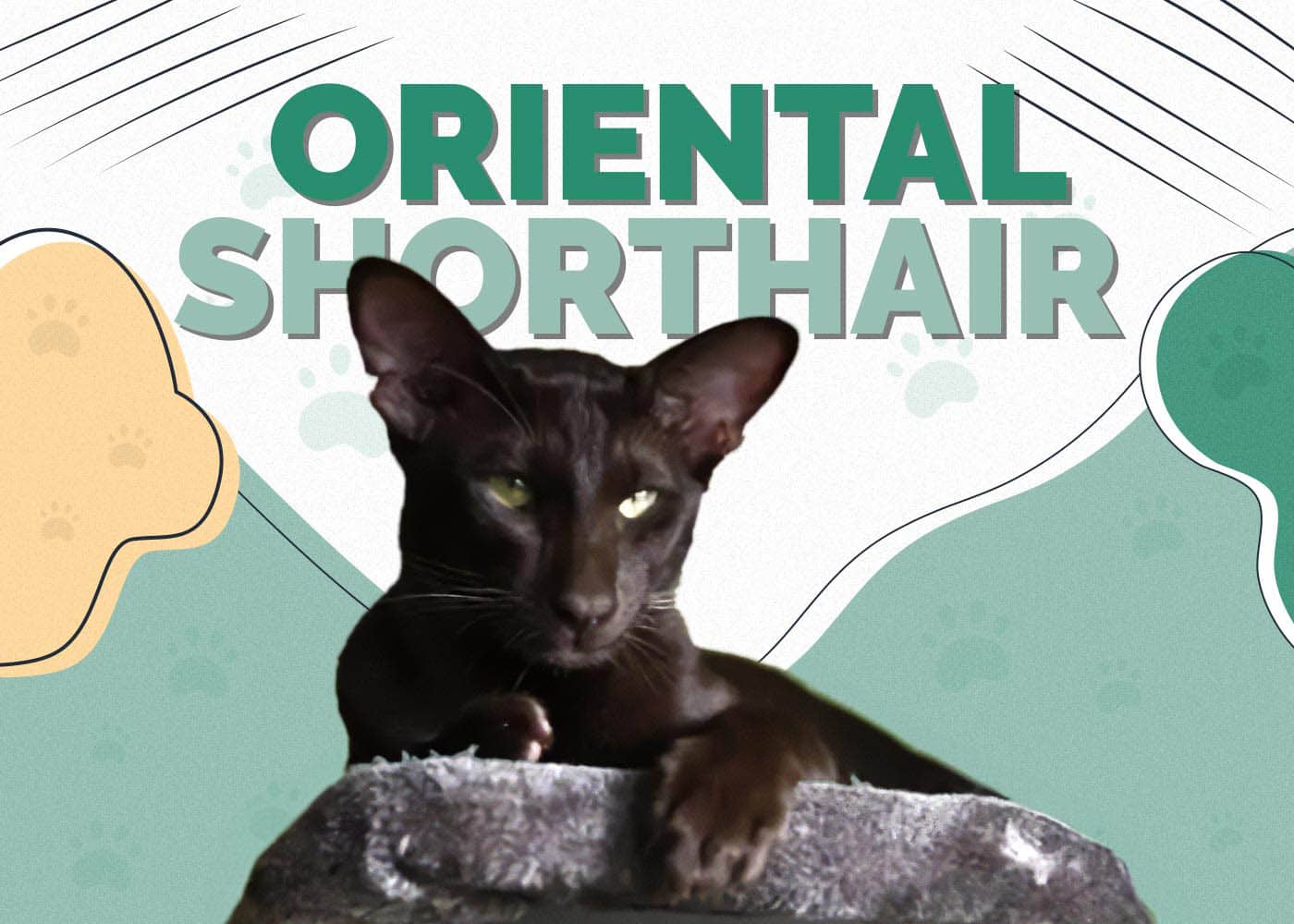
| Height | 9 to 11 inches |
| Weight | 8 to 12 pounds |
| Lifespan | 12 to 15 years |
| Colors | Over 300 color and pattern types; nearly every color except the colors of a Siamese cat |
| Suitable for | People and families who want a playful, affectionate, in-your-face kind of cat |
| Temperament | Affectionate, intelligent, talkative, social, gets along with other pets |
Curious, intelligent, and determined to be the center of attention, Oriental Shorthair cats will make their presence known! Closely related to the Siamese, these sleek, big-eared cats come with colorful coats and even more colorful personalities. If you don’t mind a cat who will “talk” your ear off or demand attention whether you are in the mood or not, the Oriental Shorthair could be the breed of your dreams. Read on to learn more about life with an Oriental Shorthair cat!
Oriental Shorthair Kittens
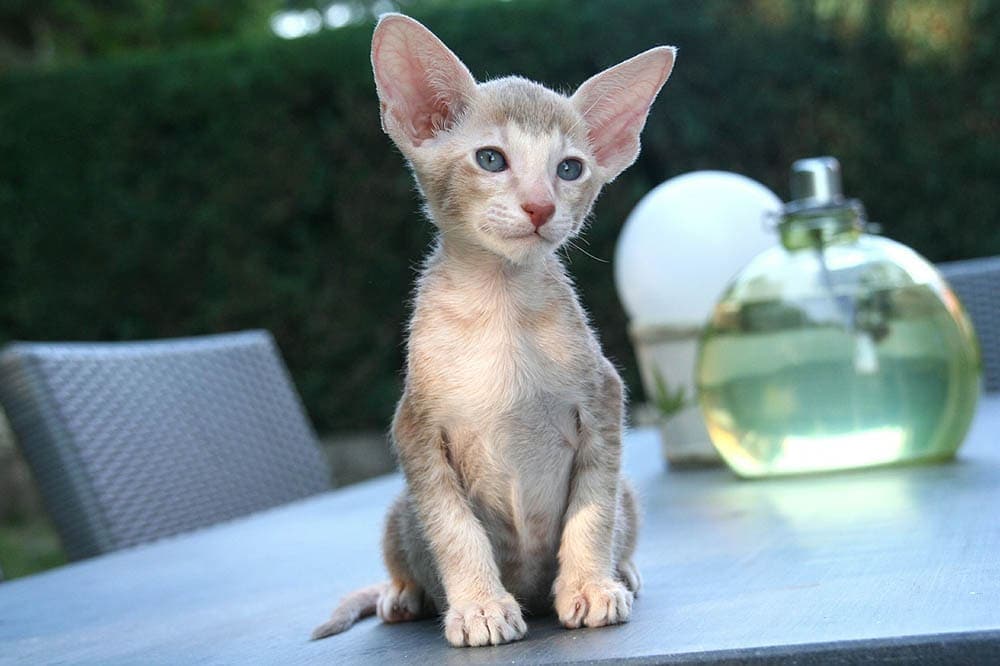
The price of an Oriental Shorthair kitten will depend on its age, coloring, and quality. Take your time to look for a reputable breeder that specializes in Oriental Shorthair cats. This way, they will know how to identify healthy kittens. For this, always ensure they show you the health records of your kitten.
If you have your heart set on an Oriental Shorthair kitten but would rather adopt one, some rescues and shelters may have Orientals available. Many of these cats will be adults rather than kittens but they all need good homes!
Oriental Shorthair cats are known to be loving and affectionate with their owners. They also get along with other pets and tend to be sociable with other cats.
Temperament & Intelligence of the Oriental Shorthair Cat
Oriental Shorthairs are considered one of the most intelligent, if not the most intelligent, breed of cat. They are curious and eager to please, making them more trainable than many other cats. Oriental Shorthairs are also playful, affectionate, and extremely social cats. They need a lot of attention and interaction with their people to keep them happy.
Are These Cats Good for Families? 👪
Oriental Shorthairs are a great choice for families. Unlike some types of cats, they thrive in a busy, social environment. They usually do well with children although you will want to supervise kids with an Oriental Shorthair because they are smaller cats. Kids, especially younger ones, could accidentally hurt an Oriental, especially a kitten.
Unlike some cats, Oriental Shorthairs have a strong desire for human attention and interaction. They won’t do well if they are left alone often. Oriental Shorthairs want to be involved with all parts of family life. They aren’t the breed for a family looking for an independent, less needy cat.
Does This Breed Get Along with Other Pets?
Oriental Shorthairs not only usually get along with other pets, but they often prefer to live as part of a pack rather than alone. They can get along both with other cats and with cat-friendly dogs as well. Since cats are natural predators, you should be cautious allowing your Oriental to interact with birds, fish, or other small pets. Even if your cat doesn’t try to harm these small pets, the stress of just being around a predator can be harmful to them.
It’s always easiest to introduce a new Oriental Shorthair into your existing pet family when they are kittens. Carefully supervise the early interactions to make sure all parties are on their best behavior. The same applies if you adopt an adult Oriental Shorthair. Take your time letting everyone get to know each other and soon your Oriental Shorthair should be a happy member of the pack!

Things to Know When Owning an Oriental Shorthair Cat
If you think the Oriental Shorthair might be just the cat to join your family, maybe you’re ready to learn some more information about their daily care. It’s always important to learn as much as you can about a new pet before you bring one home. With that in mind, here are some further details about caring for an Oriental Shorthair.
Food & Diet Requirements 🐡
Oriental Shorthairs can eat any high-quality cat food, wet or dry. The decision of what to feed will often be decided by the cats themselves as Oriental Shorthairs are known to be somewhat picky eaters. Your veterinarian can help you decide on a good food option to start your cat out on. If your cat won’t eat that food and you need to switch to another one, make sure to do it gradually to avoid any upset stomach or diarrhea.
It’s very important to keep your Oriental Shorthair at a healthy weight. Obesity can cause many health issues and it can be challenging to help your cat lose the weight once they’ve gained it. Again, your veterinarian can help you figure out how much to feed your Oriental Shorthair. You should also consult your veterinarian if you decide to feed your cat a homemade diet to make sure it’s nutritionally balanced.

Exercise 🐈
Active and playful, the Oriental Shorthair will need a moderate amount of exercise every day. They love to climb and enjoy having cat trees or more elaborate cat climbing spaces to explore. Oriental Shorthairs also love to play with toys.
In addition to physical exercise, your Oriental Shorthair will benefit from mental stimulation. Actively playing with your Oriental Shorthair often helps meet this need. As we discussed, Oriental Shorthairs become very attached to their people and need to spend time with them. Regular playtime or even training sessions are a great way to bond with your cat and keep them happy and healthy.
Training 🧶
Speaking of training, Oriental Shorthairs are one of the easier cat breeds to train. They are intelligent, love to be with their people, and are eager to please. Now, just because an Oriental Shorthair can learn a trick or behavior doesn’t mean they are always going to want to do what you say, but that shouldn’t stop you from trying!
Some of the things you could teach your Oriental Shorthair are to walk on a leash or ride on your shoulder. Teaching behaviors similar to what the cat would do naturally are often the easiest. Positive training methods with plenty of food rewards are the most effective.
Grooming ✂️
With their short coats, Oriental Shorthairs don’t have very complicated grooming needs. Weekly brushing can help keep their coats healthy and control shedding. If needed, you can also bathe your Oriental Shorthair or use cat wipes to keep them clean. Your Oriental Shorthair’s big ears tend to get dirty or waxy so be sure to check and clean them regularly. If your cat tolerates it, a tooth brushing routine can help ward off dental disease, which can be an issue with Oriental Shorthairs. Keeping their nails trimmed will help save your furniture or carpet from scratches.
Health and Conditions 🏥
While generally considered healthy cats, Oriental Shorthairs can suffer from some health conditions. Some of these are inherited and others are just known to be common in the breed.
- Amyloidosis
- Dilated cardiomyopathy
- Feline asthma
- Mast cell disease
- Bladder stones
- Crossed eyes
- Progressive retinal atrophy
Serious Conditions:
Oriental Shorthairs can get a condition called amyloidosis, thought to be inherited. This condition occurs when an abnormal protein builds up in the cat’s organs, leading to organ failure and death.
Oriental Shorthairs are also prone to a heart condition called dilated cardiomyopathy.
Other serious conditions the Oriental Shorthair may suffer from are feline asthma and various types of cancer, particularly one called mast cell disease.
Oriental Shorthairs can also be prone to developing bladder stones.
Minor Conditions:
Like Siamese cats, Oriental Shorthairs can suffer from crossed eyes, which are caused by a neurological defect.
Oriental Shorthairs can also inherit an eye condition called progressive retinal atrophy, which can lead to vision loss.
Male vs Female
While there are no breed-specific differences between male and female Oriental Shorthairs, many people simply prefer one over the other. Male cats in general are often considered more affectionate than females. It’s important to remember that every cat is an individual and generalizations don’t always hold true.
What is true is that getting a female cat means having to deal with a regular heat cycle unless you have her spayed. Male cats will spray and mark with urine, although neutering, especially if it is done when they are kittens, usually eliminates this behavior.
3 Little-Known Facts About the Oriental Shorthair Cat
1. They can learn to walk on a leash!
Yes, it’s true the Oriental Shorthair can be trained to join your evening stroll around the neighborhood! These cats are super smart and hate being away from their people, two traits that make them perfect candidates to learn leash-walking.
2. They are made from recycled materials.
No, not plastic, but the Oriental Shorthair was developed from unwanted materials, so to speak. When breeders were creating the Siamese cat, they were after very specific color types and bred only cats with those colors. The other cats, the ones that came out in every color of the rainbow, were snatched up by another group of breeders who decided to create a separate breed, one with the body and personality of a Siamese but coats of many, many colors and patterns. That breed was the Oriental Shorthair!
3. They come in more colors than any other breed of cat.
And when we say many, many colors, that’s no exaggeration. The Oriental Shorthair comes in over 300 different color and pattern variations, the most of any other purebred cat. You can find Oriental Shorthairs in solid colors like brown, blue, cream, and red or in patterns like tabby, tortoiseshell, or calico, as well as many others.
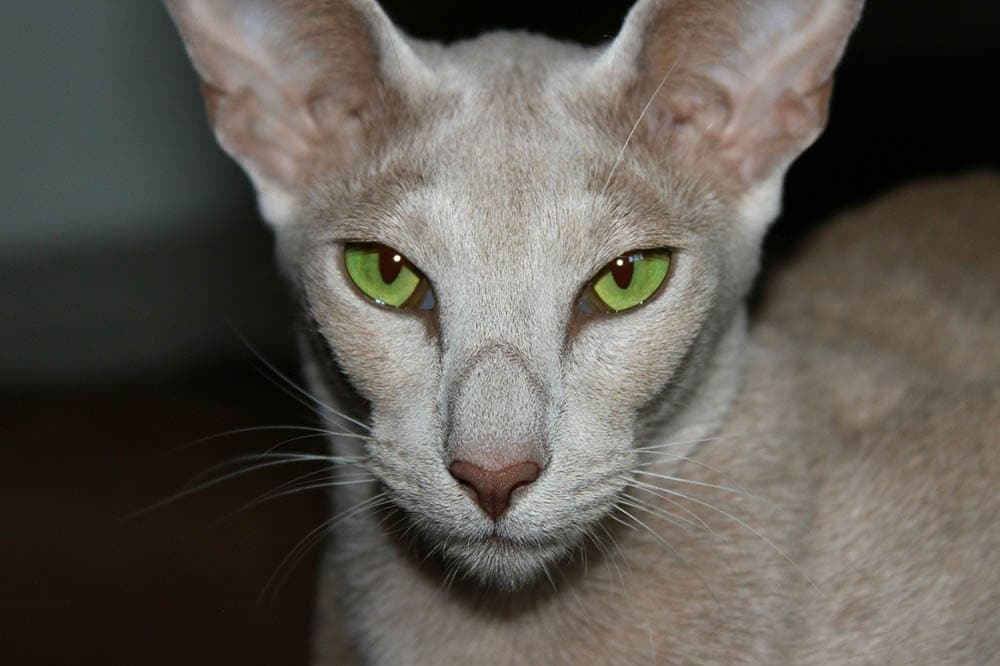
Final Thoughts
Oriental Shorthairs don’t have very complicated grooming needs. They may be similar to Siamese cats but they act like they are one of a kind! Make sure you are up to the challenge of living with a cat who might think it’s fun to dump everything out of a purse or figure out how to open every cabinet in the house. Patience and a sense of humor might be required but the Oriental Shorthair’s deep love and affection for their owners make their occasional naughtiness easier to live with.
Featured Image Credit: Jolanta Jd, Shutterstock
